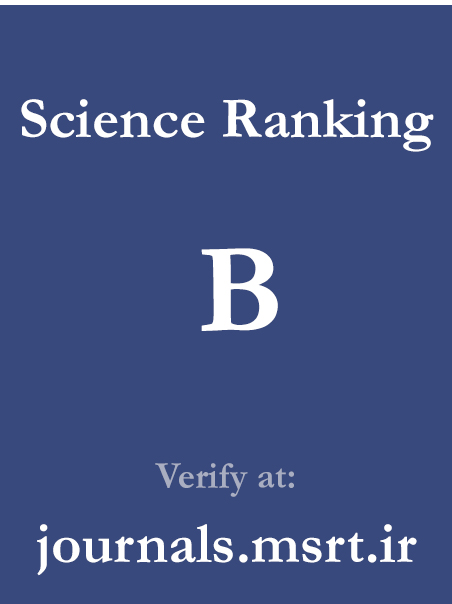Comparison of Identity Styles, Body Image Disturbance, and Vulnerable Narcissism in Women Aged 20–50 With and Without a History of Cosmetic Surgery
Keywords:
Identity styles, body image disorder, cosmetic surgery , vulnerable narcissismAbstract
Purpose: The aim of the present study was to compare identity styles, body image disturbance, and vulnerable narcissism in women aged 20 to 50 with and without a history of cosmetic surgery.
Methods and Materials: The research design was causal-comparative (ex post facto). The statistical population included all women aged 20 to 50 living in Tehran during the spring and summer of 2020, both with and without a history of cosmetic surgery. From this population, a total of 80 women with and 80 women without cosmetic surgery history were selected using convenience sampling. To measure the research variables, the Identity Style Inventory (Berzonsky, 1992), the Multidimensional Body-Self Relations Questionnaire (Cash et al., 1997), and the Hypersensitive Narcissism Scale (Hendin & Cheek, 2013) were used. Data were analyzed using independent samples t-test, one-way and multivariate analysis of variance, with SPSS-24 software.
Findings: The results indicated that the mean scores of informational identity style and attitude toward body self-relations were higher in women without a history of cosmetic surgery, while normative and diffuse-avoidant identity styles and vulnerable narcissism were higher in women with a history of cosmetic surgery. Furthermore, the findings showed a statistically significant difference at the p ≤ .05 level between the two groups in terms of identity styles, body image disturbance, and vulnerable narcissism.
Conclusion: Therefore, it can be concluded that by identifying individuals’ identity styles, body image attitudes, and narcissistic traits, effective predictive measures can be taken to reduce the tendency toward cosmetic surgery.
Downloads
Downloads
Published
Submitted
Revised
Accepted
Issue
Section
License
Copyright (c) 2025 Elnaz Aslani, Mehrnaz Azadyekta, Nahid Shafiei (Author)

This work is licensed under a Creative Commons Attribution-NonCommercial 4.0 International License.

